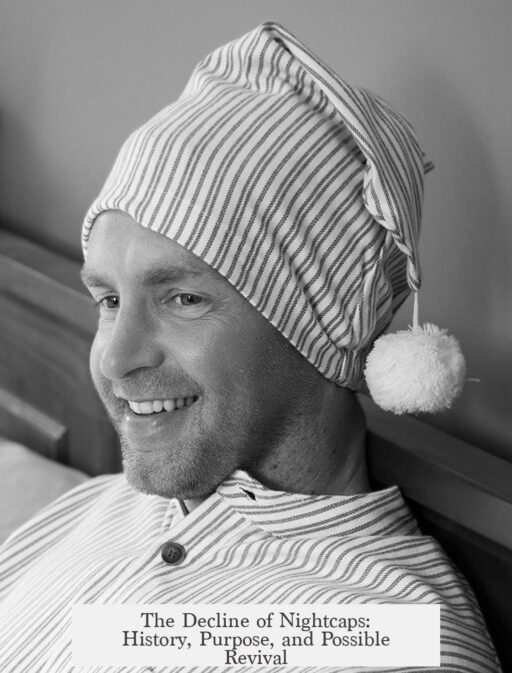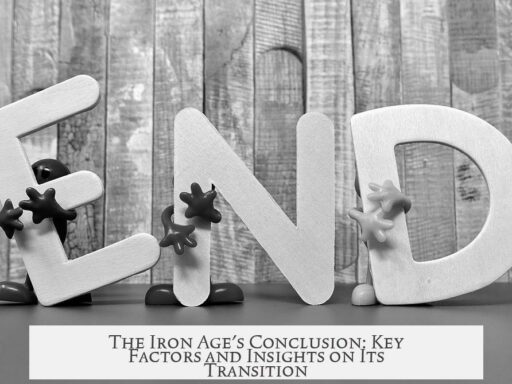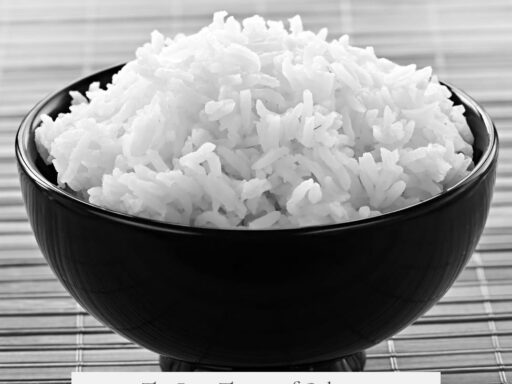Nightcaps were primarily used to keep the head warm during sleep and to protect bed sheets from oily hair products. The practice largely died out with the advent of modern heating systems in the 20th century.
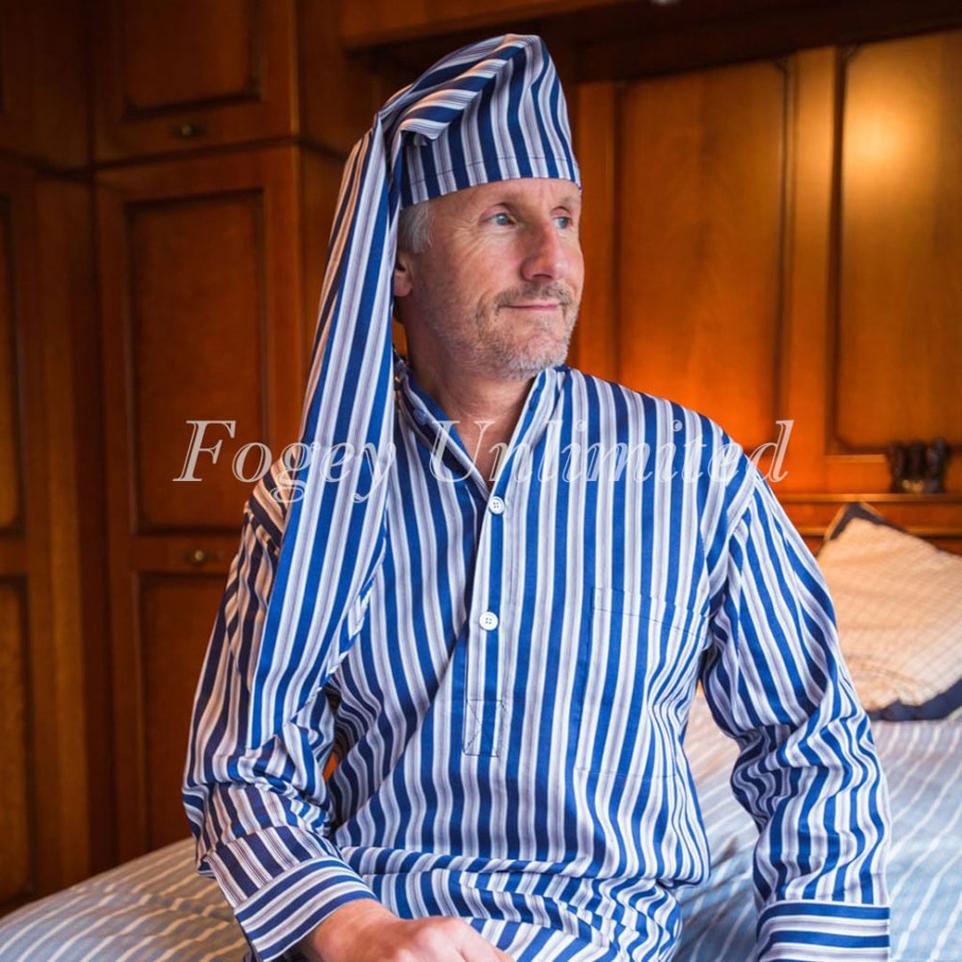
Before central heating became common in the 1900s, many homes were cold at night. People wore nightcaps to retain body heat, especially around the head, which loses warmth quickly. This made sleeping more comfortable and helped prevent illness linked to cold exposure. Nightcaps served as a practical solution in poorly insulated or chilly homes.
Aside from warmth, nightcaps had a secondary role tied to hair care routines of the 19th century. Pomade and other oily hair products were widely used at this time, often leaving residue on pillows and bed sheets. Wearing a nightcap protected bedding from these oils, keeping sheets cleaner and fresher. This purpose is supported by cultural histories of hair care, such as in Victoria Sherrow’s Encyclopedia of Hair: A Cultural History.
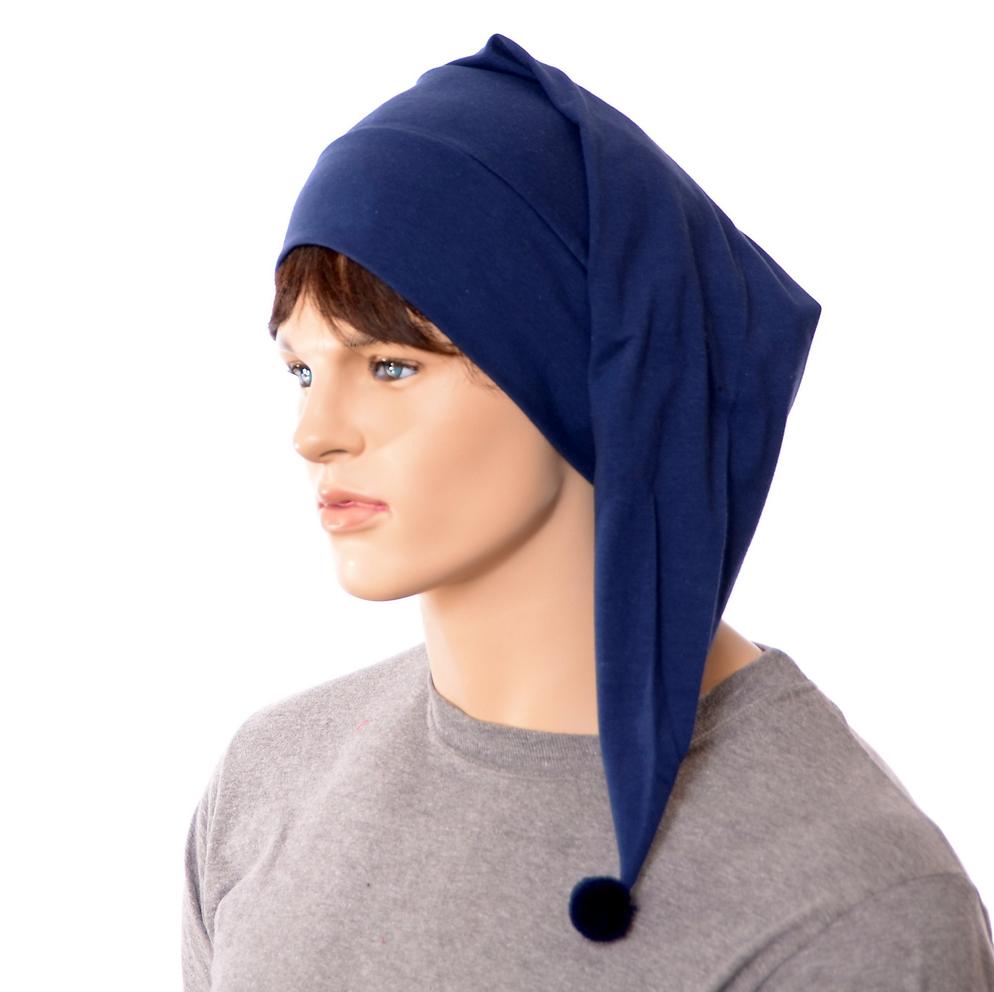
The decline of nightcap use closely follows improvements in home heating technology. As central heating flooded homes with warmth in the early to mid-20th century, the necessity of wearing nightcaps decreased drastically. With warmer sleeping environments and modern bedding materials, nightcaps lost their practicality and eventually fell out of fashion.
In summary:
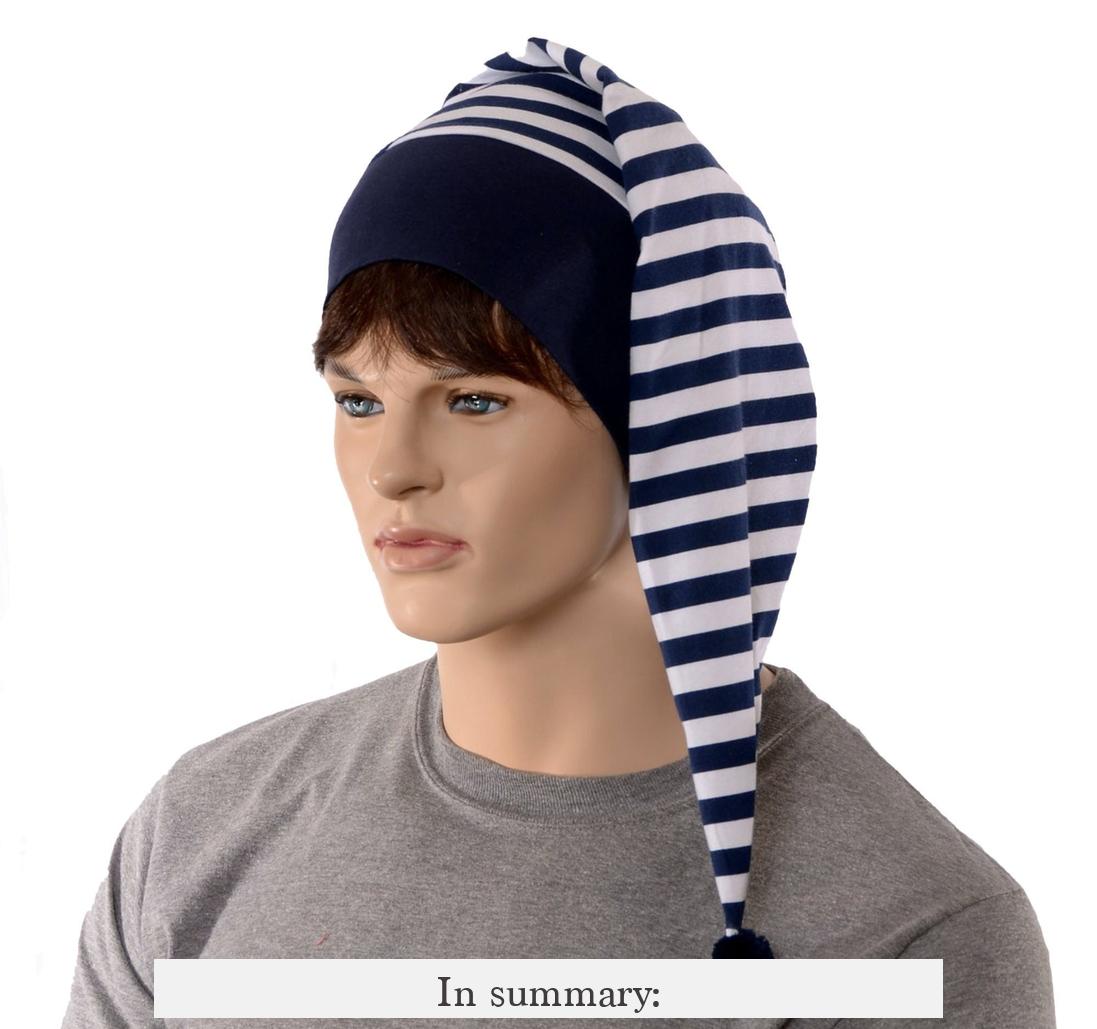
- Nightcaps helped keep the head warm during cold nights before central heating.
- They protected bed sheets from oily pomade and hair products popular in the 19th century.
- The widespread adoption of home heating in the 20th century made nightcaps unnecessary.
- Nightcaps faded from use as a result of changes in heating and hair care practices.
Why Were Nightcaps Used and When Did the Practice Die Out?
Nightcaps were primarily used to keep people warm on chilly nights and to protect bed sheets from oil stains caused by popular hair products; this practical practice mostly faded away with the advent of central heating in the 20th century. Curious how something as simple as a fabric cap carried such significance in everyday life? Let’s dive into the history, uncover the reasons behind this old habit, and explore when and why nightcaps mostly disappeared from our bedroom routines.
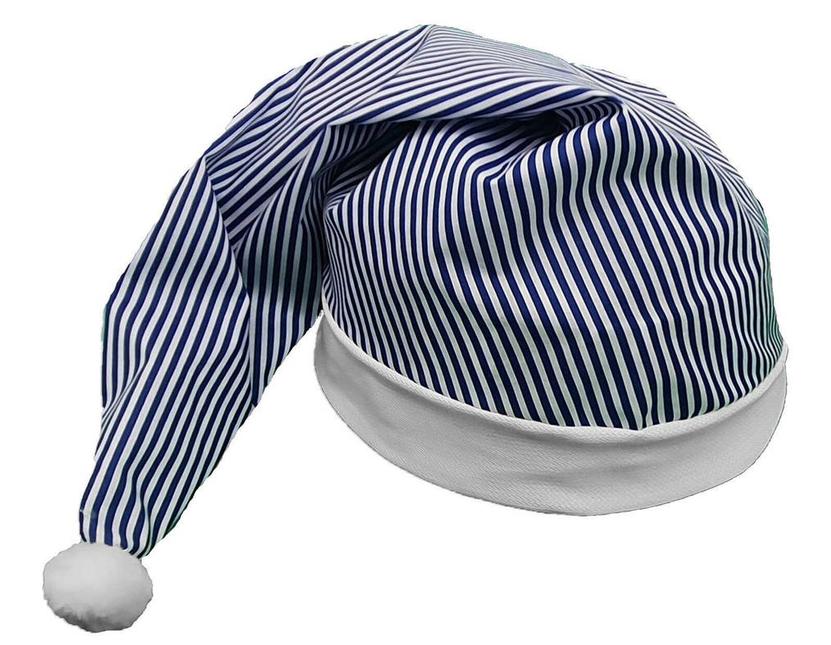
Imagine a time without cozy, cranked-up radiators or electric blankets. Before modern heating, homes often struggled to stay warm at night. Bedrooms were especially chilly, with cold air sneaking under wooden floors and through poorly insulated walls. Enter the nightcap: a simple, snug-fitting cap worn to keep the head warm while sleeping. The head releases a surprising amount of body heat during rest, so covering it made a noticeable difference.
Think about it—while your warm socks keep your feet toasty, the nightcap kept your noggin snug. This was no mere fashion statement but a necessity for comfort amid cold bedrooms. So, that’s the first clue: nightcaps served to retain precious heat in homes lacking central heating systems.
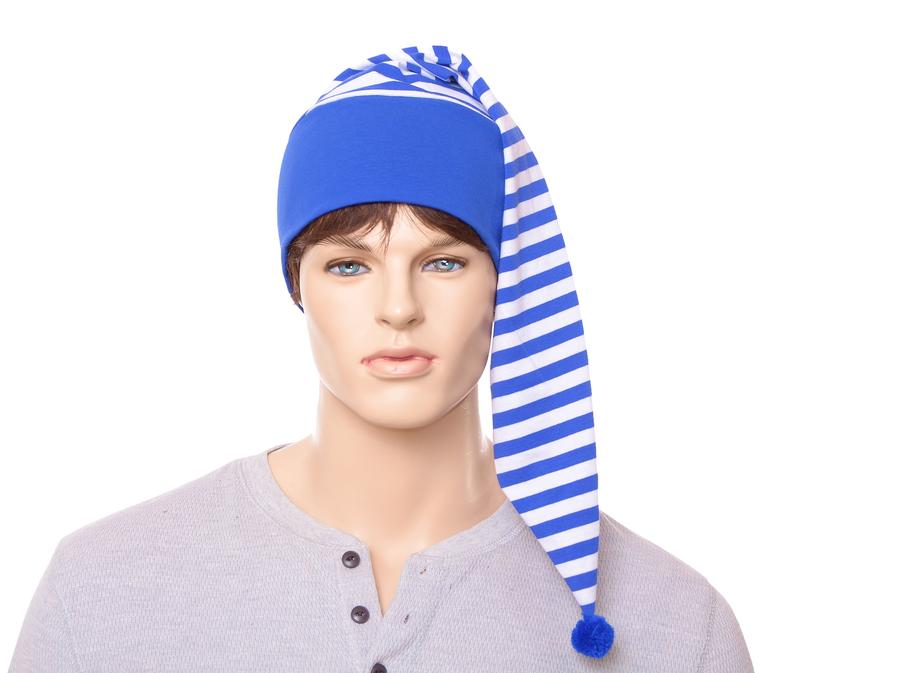
But There’s More Than Just Warmth
Here’s a twist you might not expect—nightcaps also helped keep bed linens clean! In the 19th century, things were a little different when it came to haircare. People loved their pomades and oily hair products. These were popular for taming hair or adding shine but came with a downside: they stained delicate bed sheets and pillowcases.
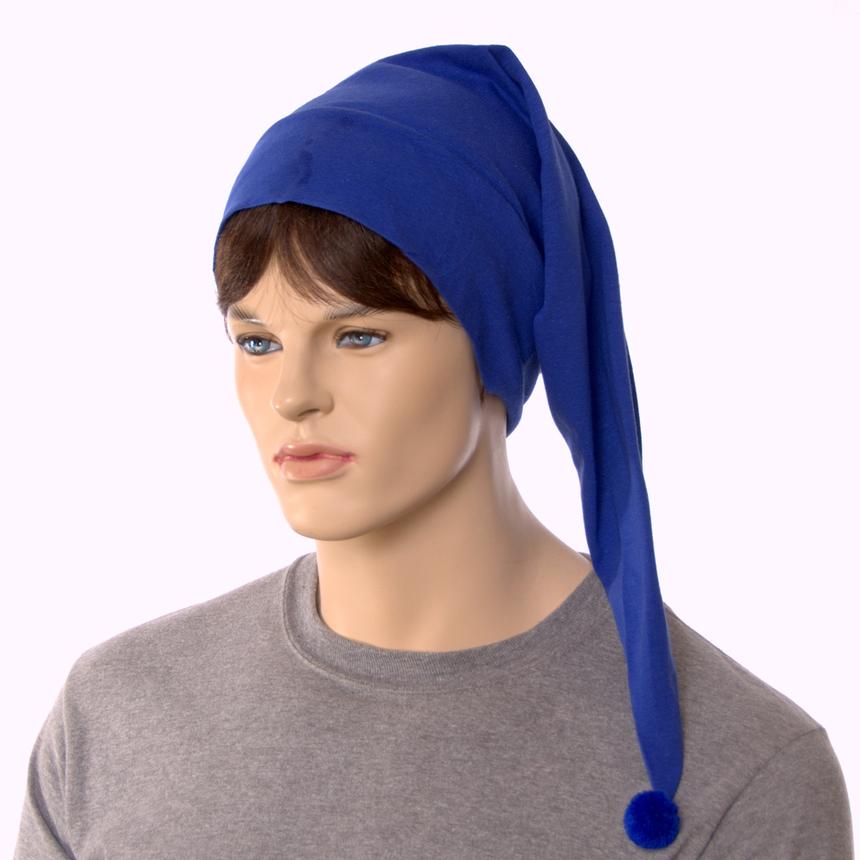
A history teacher once shared an interesting insight into this lesser-known purpose of nightcaps, and the Encyclopedia of Hair: A Cultural History by Victoria Sherrow backs up this claim. Wearing a nightcap prevented the greasy oils from rubbing off on linens. Neat, right? It was a clever solution to a very 19th-century problem: oily hair mess.
This dual function means nightcaps had a smart blend of practicality. On one hand, they were toasty hats; on the other, a protective barrier saving bedding from hair product mishaps.
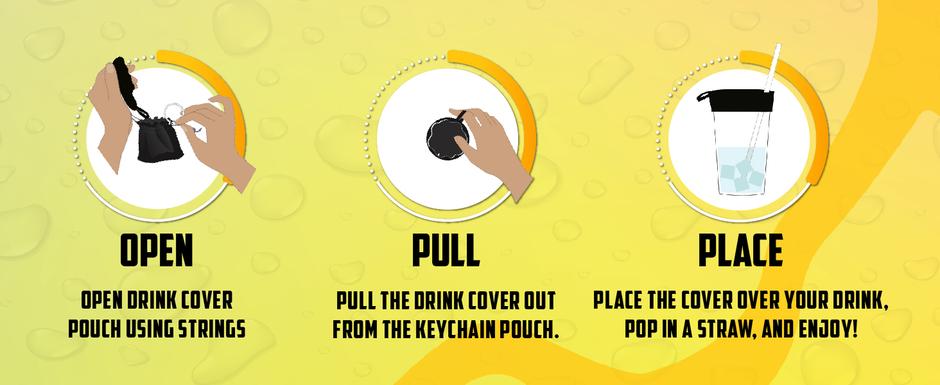
When Did This Practice Start to Fade Away?
One might wonder, if nightcaps were so smart, why did people stop wearing them? The answer goes right back to technology—specifically, improvements in home heating. As central heating systems became common in the early 20th century, the chill in bedrooms dropped drastically. Less cold meant less need to cover the head with a warm cap.
People’s lifestyles and fashions also shifted. Hair products changed, often becoming lighter and less oily, reducing the risk of staining sheets. Simultaneously, nightcaps became less of an essential convenience and more of an odd relic from the past.
By mid-20th century, nightcaps had mostly disappeared from everyday life, surviving mainly as costumes or quirky vintage accessories. It’s fascinating how progress in something as “mundane” as home heating can quietly end traditions like wearing nightcaps.
Could Nightcaps Make a Comeback?
Given today’s focus on cozy living and retro fashion, nightcaps might see a niche revival, but probably more for style than necessity. Product innovation and thermal clothing have advanced quite a bit. Yet, the idea of nixing heat loss through the head still makes scientific sense. Maybe a modern version, sleeker and tailored for style, could win some fans.
Perhaps in chilly cabins or during camping trips, a nightcap might reappear as a smart accessory for warmth. In fact, if you ever find yourself freezing despite all your blankets, wearing a close-fitting hat could be your hidden secret to blissful sleep.
Why Should You Care?
Understanding why nightcaps were used enlightens us about daily life in earlier centuries. It reveals the clever, practical ways people managed their comfort without gadgets or technology. Plus, it’s a reminder that cultural habits often evolve hand-in-hand with innovations like central heating or changing beauty trends.
Next time you complain about winter chills, think of our ancestors braving the cold with just a bit of cotton or wool on their heads! And if you’re curious about quirky historical habits, you now have a neat story to share about the humble nightcap.
So, are you tempted to try wearing one just for fun or warmth? Or do you enjoy modern comforts too much? Either way, the nightcap’s story is a small but fascinating chapter in how humans have adapted to their environment with simple, practical solutions.
Summary
- Nightcaps kept heads warm in cold, unheated homes before the 20th century.
- They protected bedsheets from oily 19th-century hair products like pomade.
- The rise of central heating reduced the need for nightcaps, causing their decline.
- Today, nightcaps exist mainly as historical curiosities or niche fashion items.
The next time you think about a nightcap, remember it’s more than just old-fashioned headwear. It’s a symbol of practical ingenuity from a time when staying warm and clean was a nightly challenge—and sometimes, a bit of historical curiosity makes bedtime a little cozier.
